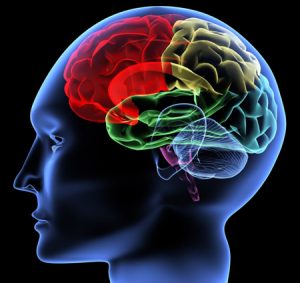
qEEG involves positioning small sensors on the scalp to capture brain oscillations. These cerebral oscillations are then analyzed to identify trends that may suggest sleep conditions, including sleep apnea. By examining these patterns, healthcare providers can obtain a more precise understanding of how sleep apnea disrupts typical cerebral function during sleep. This information can be crucial for formulating efficient therapeutic strategies tailored to specific clients. Comprehending the connection between qEEG and sleep apnea can lead to improved identification techniques and superior results for those affected by this condition.
Research has demonstrated that people with sleep apnea often display specific changes in their brain wave patterns. For example, during instances of apnea, the cerebrum may exhibit heightened function in certain regions while additional regions become less active. These changes can affect how effectively a individual slumbers and how refreshed they perceive upon awakening. By employing qEEG to track these brain wave patterns, physicians can identify specific characteristics of sleep apnea in patients, which can help in making a more accurate diagnosis. This is especially important because sleep apnea can occasionally be confused for other sleep conditions, resulting to inappropriate treatments.
In furthermore to enhancing identification, qEEG can also serve a part in assessing the efficacy navigate to this web-site of therapies for sleep apnea. For example, after a client starts employing a constant positive airway pressure (CPAP) device, which assists maintain the passage clear during slumber, qEEG can be utilized to evaluate alterations in cerebral function. If the cerebrum shows enhanced patterns of slumber after starting treatment, it may indicate that the therapy is functioning well. This response can assist physicians formulate required adjustments to treatment plans, guaranteeing that patients receive the best treatment possible.
Overall, the relationship between qEEG and sleep apnea patterns is an exciting area of research that holds promise for enhancing diagnosis and therapy. By understanding how sleep apnea affects brain function, healthcare providers can formulate more efficient approaches to help clients attain improved slumber and enhance their general well-being. As studies progresses to advance, it is probable that qEEG will turn into an essential tool in the fight against sleep apnea, leading to superior outcomes for those who suffer from this challenging condition.